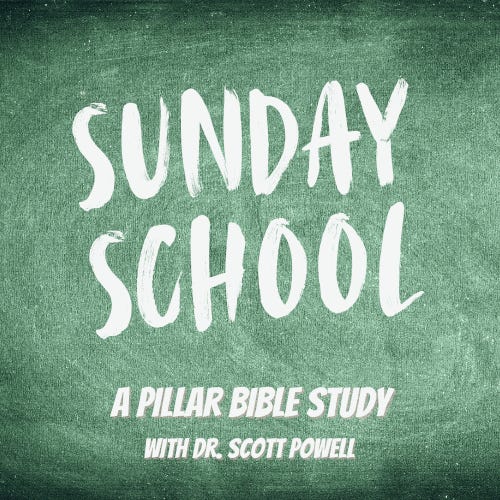Pope Francis issued a series of changes last week to the Church’s universal canon law, which the pope said were meant to foster “a healthy decentralization” in the life of the Church and emphasize the authority of diocesan bishops and religious superiors.
But whatever the ecclesiological motivations behind the changes, the pope’s new reforms also come with an obvious financial saving for the Holy See. While Francis has tightened belts and slashed budgets amid declining revenues, his new canonical reforms will keep a lot of files off Vatican desks, helping the Holy See to embrace a new kind of austerity approach: “doing less, with less.”
Considered on its own, the Feb. 15 motu proprio, promulgated in Italian under the title Assegnare alcune competenze but now listed under a second Latin heading of Competentias quasdam decernere, does appear to be a list of measures designed to delegate more authority away from Rome, and to see the Vatican adopt a lighter touch in matters of governance.
It is certainly true that decentralization is an effect of those changes. But the pope has not shown himself to be universally concerned with that kind of decentralization, even in other recent reforms.
Curtailing the ability of bishops to regulate local liturgical practice in relation to the Extraordinary Form of the Mass, for example, would seem to row in the other direction from decentralization.
And in another motu proprio this month, Francis effectively junked a number of drafted proposals which would have handed over primary doctrinal and disciplinary authority to local bishops and bishops’ conferences, instead of the Vatican’s Congregation for the Doctrine of the Faith.
The selective approach to decentralization suggests there may be more prosaic concerns embedded in last week’s canonical changes, which would make “decentralization” more a practical than philosophical goal.
The new changes remove whole brackets of complicated and often contentious cases from the curial workload, likely saving considerable man-hours in the Apostolic See — something which could be an underlying motivation for the recent reforms.
The pope’s reforms eliminated several processes which required curial officials to wade into the specifics of individual cases, often on highly complicated subjects, in order to give a considered vote of approval on the merits of local decisions.
Rome will now instead take a much less time-consuming role — “confirming” various decisions made at a lower level. Instead of examining the rationale for each case, the Vatican will simply have to verify that correct processes have been followed.
And the Vatican has entirely extracted itself from some particularly time-consuming processes: sorting out pious wills, for example, or sifting through bad records kept on parish Mass intentions.
Of course, it is entirely possible the pope feels strongly that the alteration of legacies left for Catholic religious purposes should be left to local bishops, or the expulsion of religious from their congregations to their competent superiors. But they are odd examples to single out to champion the principle of subsidiarity.
And for years, the Vatican has been trying to come to grips with a budget crisis: Already dealing with a drop in donations from the faithful worldwide, for the year 2018, APSA, the Holy See’s paymaster, sovereign wealth manager, and reserve bank, posted a loss for the first time in its history.
Since then, years of pandemic restrictions have meant many of the Vatican’s primary income streams linked to tourism have been closed off or severely curtailed. In its most recent forecast for 2022, the curia is projected to run a deficit of more than $37 million.
At the same time, he has ordered a series of apostolic visitations — papal inspections— of several curial departments, including the Congregations for the Clergy, Divine Worship, and the Dicastery for Promoting Integral Human Development. Without official acknowledgment by the Vatican, those inspections have widely been understood to be effectively departmental audits, and resulted in significant changes in leadership, and more belt-tightening.
Seen through this lens, it is entirely plausible that promoting “decentralization” is more effect than cause of the pope’s most recent reforms. If that is the case, and if future reforms follow similar lines, any decentralizing trend could prove to be less about ecclesiology, and more about the Vatican departments which need to scale back their workload to accommodate budget restrictions.
Heralding a new era of subsidiarity could, in fact, just be the Vatican’s most positive way of signaling that the era of big government is over.




